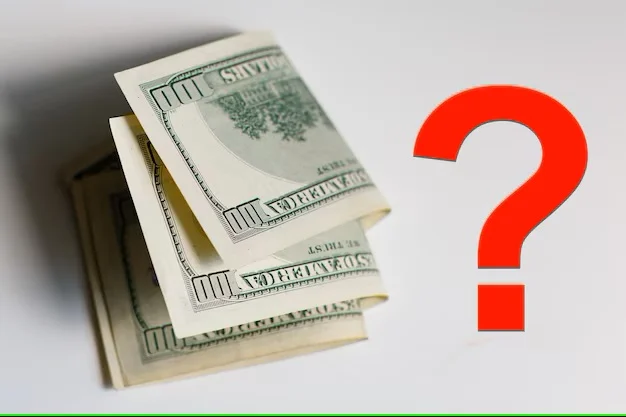|
|
By Staff Writer
As markets digest the shockwaves from Donald Trump’s April 2 “Liberation Day” tariff blitz, one economic heavyweight appears wounded: the U.S. dollar. Once considered the ultimate safe-haven currency, the greenback has steadily slid in value—raising serious concerns among global investors about its long-term strength and reliability.
A Sharp Decline Amid Rising Uncertainty
In the days following Trump’s sweeping tariff announcement targeting dozens of U.S. trade partners, over $5 trillion was erased from the value of the S&P 500. Though equity markets have since rebounded, the dollar has not. It has continued to fall—3% in April alone and nearly 10% since the start of the year.
What’s unusual is that the dollar, which typically strengthens during global volatility, is doing the opposite. Analysts say the reason is clear: confidence in U.S. economic policy is faltering.
“The world is facing a dollar confidence crisis,” Deutsche Bank analysts wrote in a recent note to clients via Al Jazeera.
Why the Dollar Matters
For the past 80 years, the U.S. dollar has been the world’s primary reserve currency—used in most international trade, financial transactions, and central bank reserves. According to the Atlantic Council, over 54% of world exports were denominated in dollars as of 2023, and nearly 60% of global bank deposits remain in U.S. currency.
But this dominance relies heavily on trust in America’s economic and political institutions. As Trump’s policies upend global expectations, that trust is beginning to fray.
Investors Reassess
Foreign investors currently hold over $30 trillion in U.S. assets—including equities, government bonds, and corporate debt—an amount equal to nearly 30% of global GDP. Analysts warn that even a partial withdrawal from these holdings could place sustained downward pressure on the dollar.
“Investors have been selling U.S. assets,” said Karsten Junius, chief economist at Bank J. Safra Sarasin. “There’s been a loss of trust in U.S. economic policymaking.” (Al Jazeera)
What a Weaker Dollar Means
A falling dollar can have mixed effects:
- PRO: It makes U.S. exports cheaper, helping manufacturers and shrinking trade deficits.
- CON: It raises the cost of imports, feeding inflation and hurting U.S. consumers.
“There’s a growing preference among central banks to hold gold instead of U.S. Treasuries,” said José Antonio Ocampo, Colombia’s former finance minister and former UN Under-Secretary-General. He also noted that currencies like the euro and Swiss franc are gaining ground.
Gold prices have surged, while the euro hit a three-year high above $1.14 as of April 11, further suggesting a shift in investor sentiment.
Could the Euro Take Over?
While the dollar remains dominant, Ocampo and others believe the euro could become a real alternative—particularly if the European Union can strengthen fiscal unity and deepen financial integration.
“If the EU can agree on closer fiscal union, it will be the currency that could take on the mantle,” said Ocampo.
As of now, the euro accounts for 20% of global foreign exchange reserves, according to the International Monetary Fund (IMF).
TCO Insight
The U.S. dollar isn’t in imminent danger of collapse—but a slow shift in global confidence is clearly underway. Whether the U.S. will act to restore trust or continue down a politically volatile path may determine the greenback’s long-term role in the world economy.
Stay tuned for more reporting from TCO Digital, where we break down global trends through a local lens.








